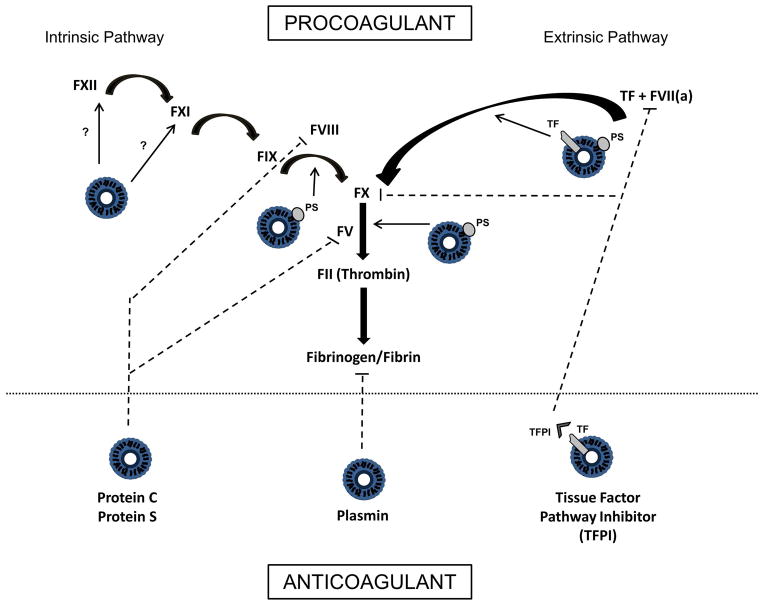Figure 3. Multifaceted role of MPs in coagulation processes.
Simplified schemata of the coagulation cascade showing the different potential contributions of MPs. MPs support coagulation through exposure of phosphatidylserine (PS), which provides a catalytic surface for assembly of the coagulation complexes. Tissue factor (TF) bearing MPs can activate coagulation through the extrinsic pathway. MPs may also support coagulation through the intrinsic pathway, although the mechanism by which this occurs is not fully known. Anticoagulant properties of MPs include the ability to support Protein C/Protein S mediated regulation of coagulation, as well as tissue factor pathway inhibitor (TFPI) mediated inhibition of TF/VIIa activity and FX. MPs can also support plasmin generation, an enzyme that solubilizes and degrades clots. (Bolded arrows indicate activation steps [ie FXII activates FXI]. Dashed lines indicate inhibitory effects. Unbolded arrows emanating from MPs indicate areas of MP participation in coagulation activation processes.)

